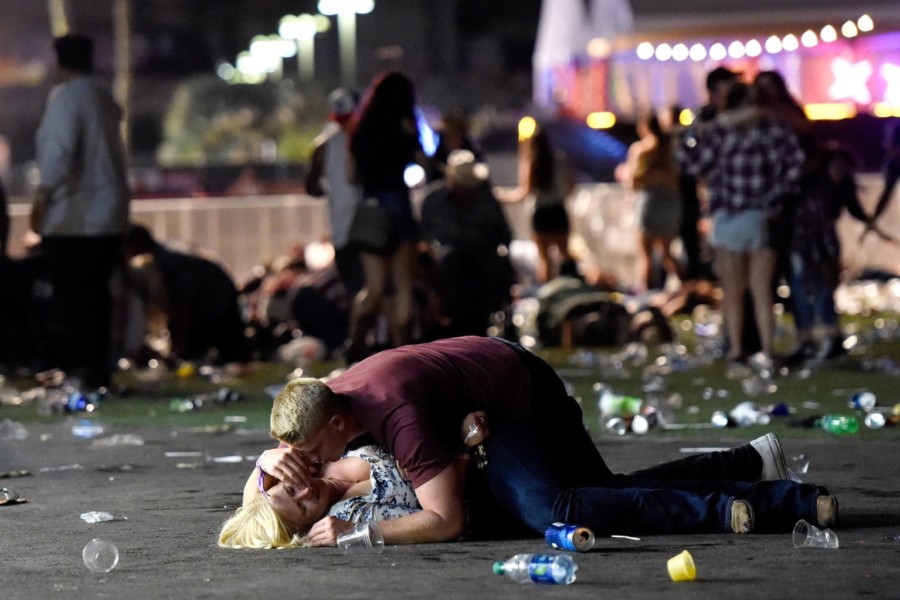Share
Making Visual Sense of Tragedy
From a perch in the Mandalay Bay Resort and Casino, a lone gunman armed with a large cache of weapons opened fire on an unsuspecting crowd of conce...

From a perch in the Mandalay Bay Resort and Casino, a lone gunman armed with a large cache of weapons opened fire on an unsuspecting crowd of concert goers. In the largest mass shooting in U.S. history, 64-year old Stephen Paddock killed at least 59 people and injured 527 others before killing himself.
The Route 91 Harvest Festival, like any contemporary music festival, was filled with a smartphone-toting audience that captured the concert and attack on video – video that rapidly found its way onto social media. Under the dim glow of the Vegas night, and in the confusion of the moment, the attendee-made video clips captured a first-person view of the chaos, but aren’t effective in communicating specifics of the unfolding tragedy.
Audio captured from the festival is arguably the most effective medium for describing the intensity and unrelenting nature of the attack. Experts have speculated that Paddock may have had fully automatic weapons based on the rapidity of the fire – something that cellphone video simply can’t capture visually.
Getty Images photographer David Becker was covering the event from an entertainment angle, but after hearing bursts of gunfire, he exited the media tent with his camera and found a location from which to photograph the scene. Becker told TIME, “I stood on a table and started to shoot – thinking to myself, still, that this isn’t really happening, it’s just the speakers popping.”
But even with the commotion and gunfire around him, Becker instinctively looked for pictures. In an interview with the Washington Post, he said “I was trying to capture anything that was moving and that had good lighting. That was critical, it was so dark and there was limited lighting…I was trying to capture people’s emotions and a sense of the panic that was around me.”
Becker’s ability and effort as a trained photojournalist matter because there was no one else on the ground photographing the tragedy. By deliberately pointing his camera at a subject, he constructed a story in a way that rapidly panning video did not and could not. His image of a man lying on top of a woman is like the bizarro world version of Rich Lam’s image from the 2011 Stanley Cup.
Becker’s images are not only gripping, they are the only high quality photographic record of a tragedy in progress. Like Ryan M. Kelly in Charlottesville, Becker made sense from confusion, expertly capturing images under immense duress.
Photo by David Becker/Getty Images


